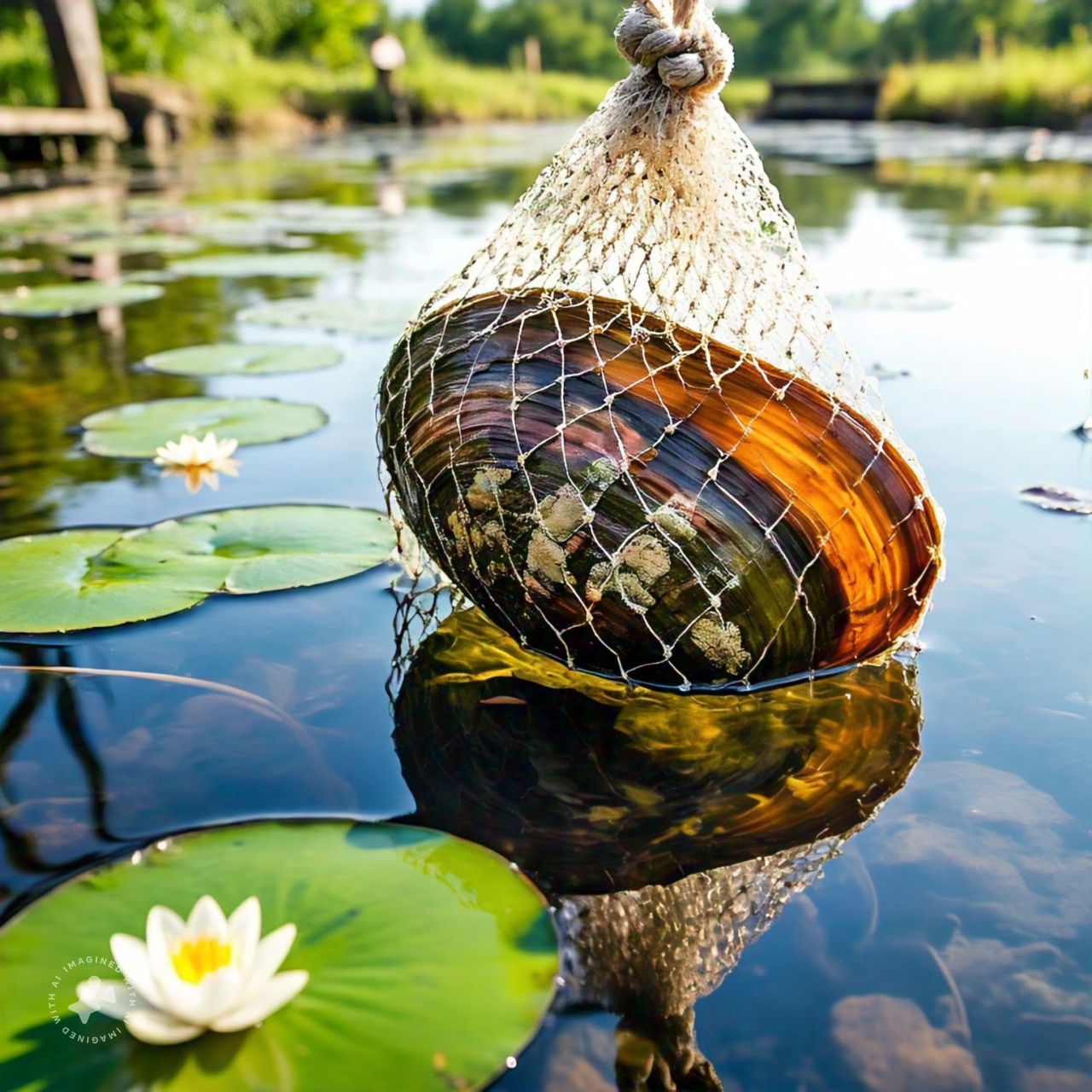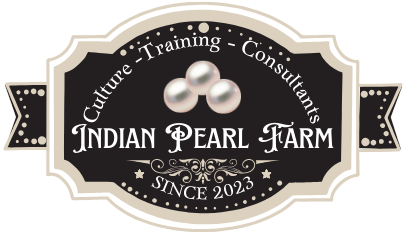
What is pearl farming
What Is Pearl Farming? – Sustainable Cultured Pearl Production
Pearl farming is the delicate and scientific practice of cultivating pearls inside oysters or freshwater mussels in a controlled environment. By surgically implanting a small nucleus and donor tissue, mollusks are coaxed to deposit layers of iridescent nacre—also known as mother-of-pearl—creating beautiful cultured pearls over time :contentReference[oaicite:2]{index=2}.
🌍 Global Pearl Farming at a Glance
- China leads global production, primarily of freshwater pearls :contentReference[oaicite:3]{index=3}.
- Major saltwater pearl producers include Japan (Akoya), Australia (South Sea), Tahiti (black-lipped), and Indonesia.
- In India, pearl farming is growing in Gujarat, Kerala, Odisha, and coastal regions under the Blue Revolution initiative :contentReference[oaicite:4]{index=4}.
🧬 How Pearl Farming Works
1. Spat Collection & Oyster Acquisition
Farmers collect young mollusks (spats) from the wild or hatcheries, then acclimatize them under controlled conditions :contentReference[oaicite:5]{index=5}.
2. Nucleation (Surgery)
A sterile bead nucleus, often a mother-of-pearl pellet, and a small graft of mantle tissue are surgically implanted into the oyster’s gonad. This incites nacre secretion, starting pearl formation :contentReference[oaicite:6]{index=6}.
3. Post-Operative Care
After surgery, oysters are held in clean, antibiotic-rich water for about 10 days to prevent infections :contentReference[oaicite:7]{index=7}.
4. Growing Period
The mollusks are suspended in ponds, racks, or rafts in nutrient-rich, clean water. Growth typically takes 12 to 24 months, depending on pearl type :contentReference[oaicite:8]{index=8}.
5. Harvesting
Pearls are carefully extracted via surgery. Healthy oysters may be re-nucleated and reused. Harvested pearls are cleaned, sorted, and polished for sale :contentReference[oaicite:9]{index=9}.
✅ Benefits & Challenges
- Sustainability: Renewable harvesting keeps oysters alive for multiple cycles and enhances marine biodiversity :contentReference[oaicite:10]{index=10}.
- Economic Impact: With global demand rising—projected over US$10 billion—the industry fosters rural livelihoods and exports :contentReference[oaicite:11]{index=11}.
- Challenges: Pearl farming is resource-intensive, requiring 2–3 years per cycle, with success dependent on water quality, disease control, and technician skill :contentReference[oaicite:12]{index=12}.
📈 Pearl Farming in India
Supported by government schemes, pearl cultivation is expanding across Gujarat, Odisha, Kerala, and Puducherry under the Blue Revolution and PMMSY :contentReference[oaicite:13]{index=13}. Training is offered via ICAR-CIFA and KVKs.
🛠️ Who Should Consider Pearl Farming?
Ideal for aquaculture entrepreneurs, coastal farmers, or eco-focused enterprises. It demands initial investment, patience, scientific care, and environmental stewardship.
✨ Ready to Grow Pearls?
At Indian Pearl Farm, we offer hands-on training, quality MOP nuclei, surgical tools, and expert guidance. Explore Our Pearl Farming Training Programs →


